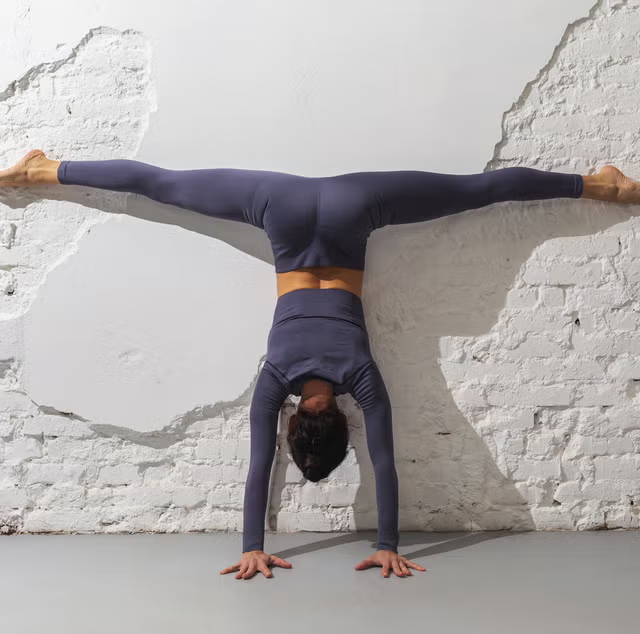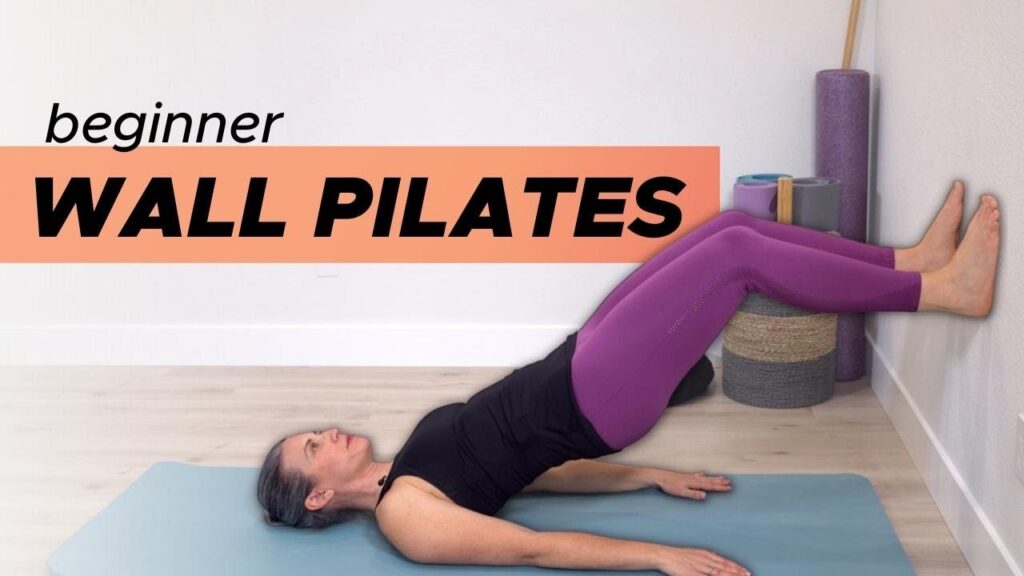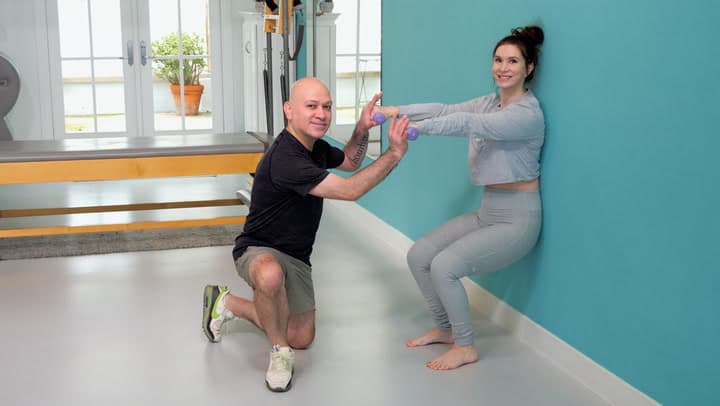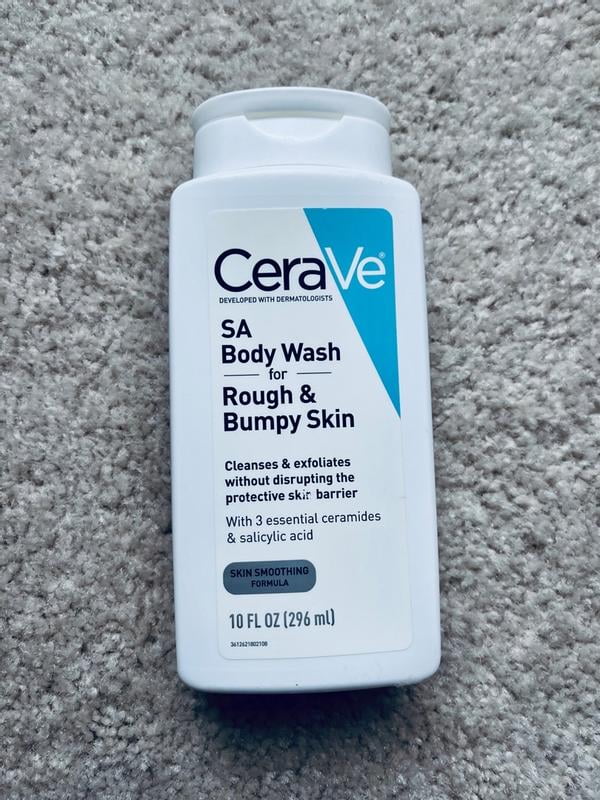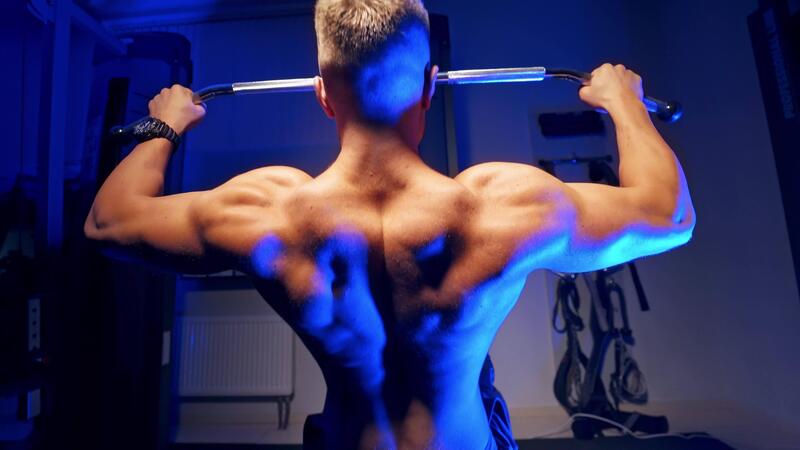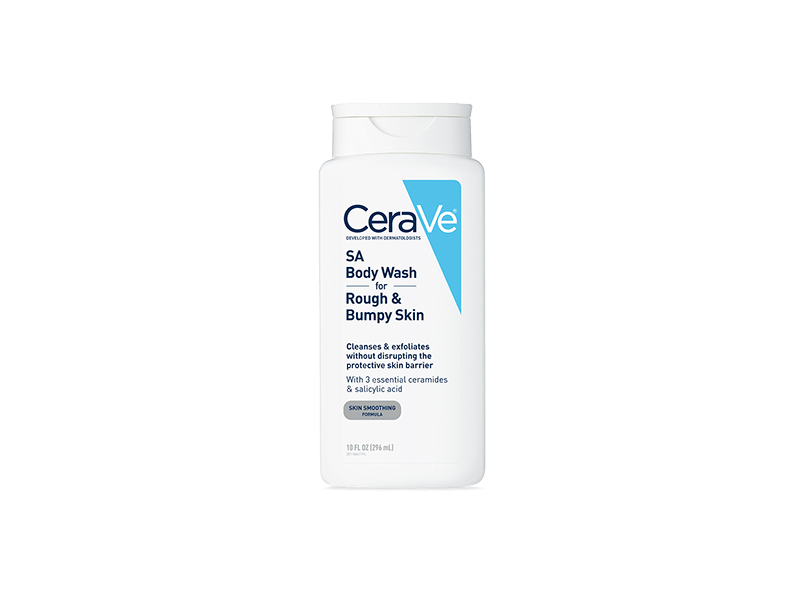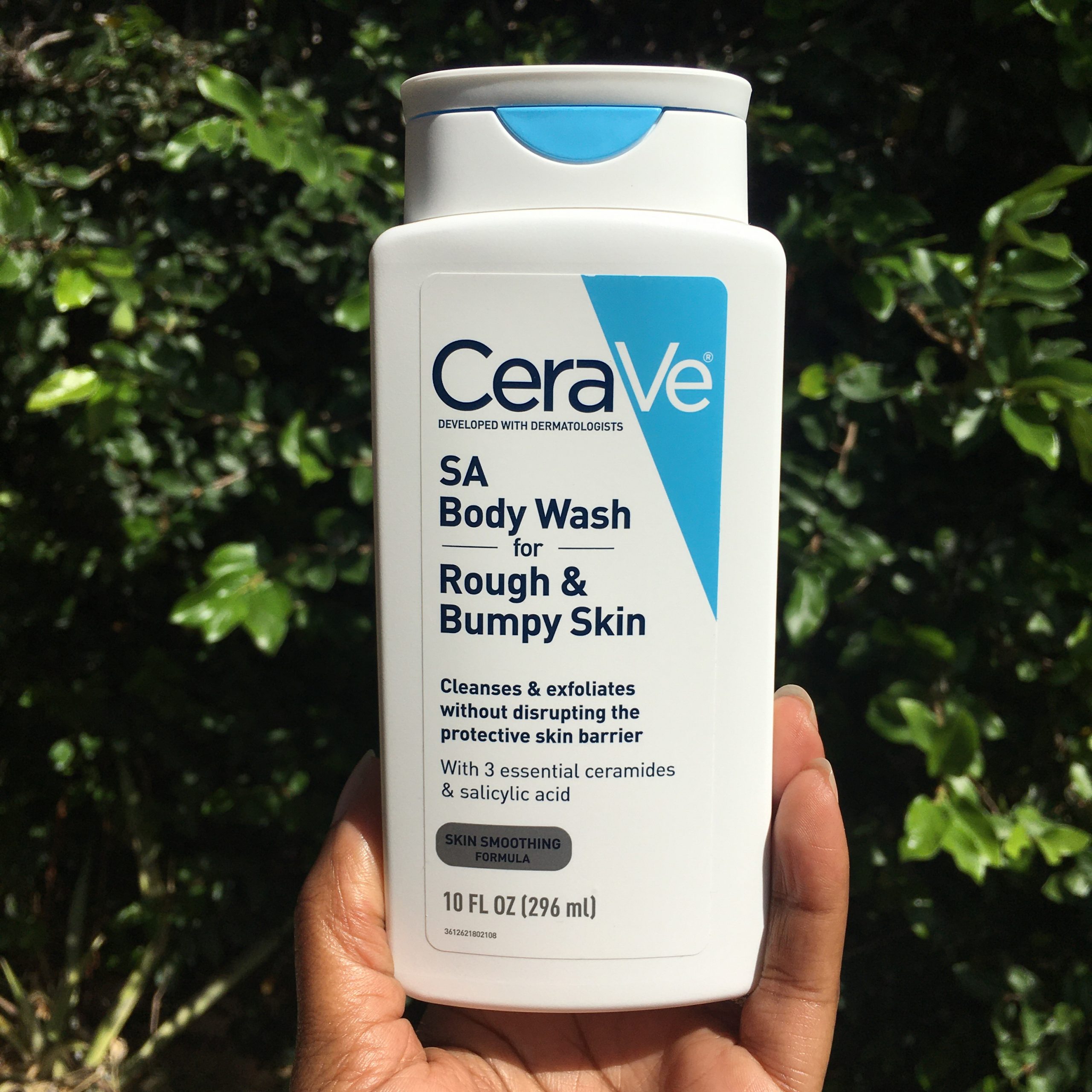Pilates Wall Workout – When you think of Pilates, you might picture reformer machines or group classes in sleek studios. But did you know you can get a solid, full-body Pilates workout using just a wall? That’s right—no equipment, no studio, just you and a wall.
A Pilates wall workout blends core-focused movements with alignment support, helping you build strength, improve posture, and increase flexibility.
Whether you’re new to Pilates or a longtime fan looking to switch things up, the wall can become your best at-home workout partner. Let’s explore how this works, what benefits it offers, and how to get started—no reformer required.
What Is a Pilates Wall Workout?
A Pilates wall workout uses the wall as a resistance tool and alignment guide. Much like how Pilates equipment provides feedback and support, the wall helps keep your body in the correct position throughout each exercise.
It gives you something stable to press into or slide against, helping you activate the right muscles without overcompensating.
You’ll do slow, controlled movements that target:
-
Core muscles
-
Glutes and thighs
-
Upper back and shoulders
-
Hip flexors and hamstrings
-
Postural muscles
The movements are gentle, yet surprisingly challenging—perfect for toning, strengthening, and stretching in one session.
Who Can Benefit from a Wall-Based Pilates Routine?
Honestly, just about anyone.
-
Beginners can use the wall to improve their form and body awareness.
-
Seniors or those recovering from injury will love the stability and safety it provides.
-
Desk workers can use it to release tension and correct posture.
-
Fitness lovers can add it to their routine to improve flexibility and deep muscle engagement.
Because the wall acts like a built-in spotter, it’s a great low-impact option for people of all ages and fitness levels.
Benefits of Using the Wall in Pilates
The wall isn’t just convenient—it’s highly functional. Here’s why incorporating it into your Pilates practice can be a game-changer:
1. Helps Maintain Proper Alignment
In Pilates, form is everything. The wall gives your body feedback so you know if your spine, hips, or shoulders are out of place—and helps you correct them.
2. Supports the Spine and Core
Pressing into the wall activates your deep abdominal muscles. It also helps support the natural curves of your spine, which can reduce back pain over time.
3. Improves Balance and Control
Leaning or pressing against the wall provides support while challenging your proprioception (your body’s ability to sense movement and position). This improves overall stability.
4. Adds Variety to Your Routine
Whether you’re bored with your usual at-home workouts or want something new to engage your muscles, a Pilates wall workout offers fresh moves that feel different—but incredibly effective.
Sample Pilates Wall Workout
Here’s a short sequence you can try at home. All you need is a clear section of wall, a mat or soft floor, and about 15–20 minutes.
1. Wall Roll Down
Purpose: Warms up the spine and stretches the hamstrings.
-
Stand with your back against the wall, feet hip-width apart, a few inches away from the base.
-
Inhale, then exhale and slowly roll your spine down, vertebra by vertebra.
-
Let your arms hang as far as they go, then roll back up slowly.
-
Repeat 5 times, moving with your breath.
2. Wall Bridge
Purpose: Activates glutes, core, and hamstrings.
-
Lie on your back with your feet flat on the wall and your knees bent at 90 degrees.
-
Arms at your sides, palms down.
-
Press into your heels and lift your hips, forming a straight line from shoulders to knees.
-
Hold for 3–5 seconds, then slowly lower.
-
Repeat for 10–12 reps.
3. Wall Slide Squat
Purpose: Strengthens quads, glutes, and calves.
-
Stand with your back and tailbone pressed into the wall.
-
Slowly slide down into a squat, keeping knees above ankles.
-
Hold for 10–20 seconds, then push back up.
-
Do 8–10 reps.
4. Wall Arm Circles
Purpose: Opens the chest and improves shoulder mobility.
-
Stand with your entire back, arms, and hands flat against the wall.
-
Slowly make arm circles while keeping contact with the wall.
-
Go forward for 5 reps, then reverse.
-
Focus on control and breath.
5. Leg Slides
Purpose: Strengthens the core and improves lower body control.
-
Lie on your back with your feet up on the wall, knees bent.
-
Inhale, then exhale, and slowly slide one heel down the wall until the leg is straight.
-
Inhale to bring it back.
-
Alternate legs for 10 reps per side.
This routine is gentle, but you’ll feel the muscles engaging deeply and intentionally.
Tips for Getting the Most Out of Your Wall Workout
-
Move slowly and with control—this helps activate the right muscles.
-
Focus on your breathing—inhale to prepare, exhale during effort.
-
Engage your core in every move—this is key to Pilates.
-
Wear comfortable clothing that allows movement but doesn’t slide on the wall.
-
Check your form using a mirror if needed to ensure alignment.
Final Thoughts
A Pilates wall workout proves you don’t need a reformer or an expensive studio membership to improve your strength, posture, and flexibility. Using a simple wall, you can reconnect with your body in a gentle yet powerful way.
Whether you’ve got 10 minutes before bed or want a full 30-minute session, the wall is there, quietly waiting to support you, guide you, and challenge you. And the best part? It’s free, accessible, and perfect for all fitness levels.
So next time you’re craving movement but don’t want something high-impact or intimidating, give your wall some love. Your body (and mind) will thank you.

